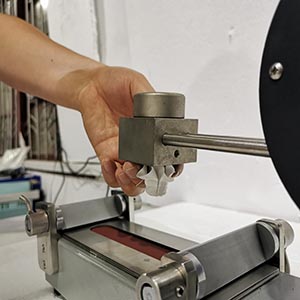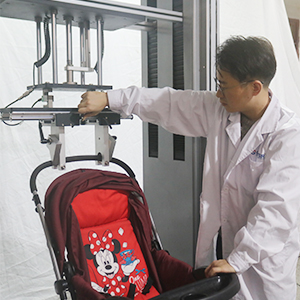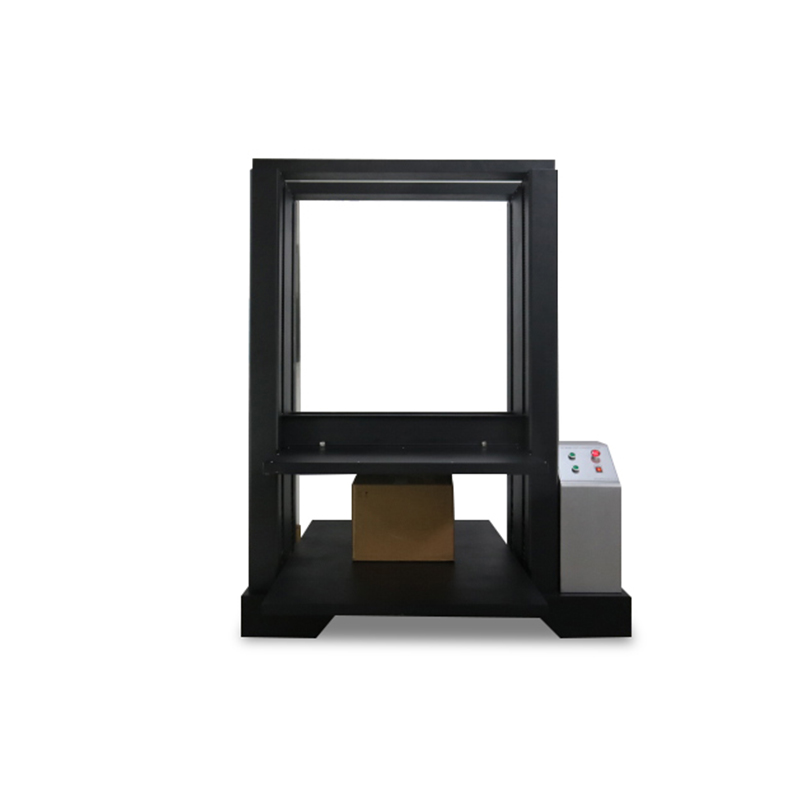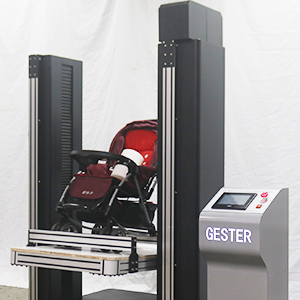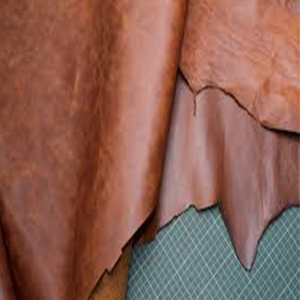What are the paper and packaging testing instruments
November 28, 2020
The paper packaging and transportation test is designed to protect the product from reaching its destination safely. In fact, packaging, transportation, distribution and packaging processing is a huge and complex process, and the quantity is huge and different. The simulation test in the laboratory will be a simple, fast, effective and low-cost method to evaluate the performance of the packaging protection design in actual use conditions. The tested paper packaging can ensure that it meets the indicators of various countries for its stability, environmental protection, and recycling. So what are our common Paper And Packaging Material Testing Instruments? Crush Tester Machine For Corrugated Boxes GT-N09 Crush Tester Machine is well-designed using modern mechanical design theory and human engineering design criteria and micro-process. Edge crush test machine standards: ISO 3035, ISO 3037, ISO 7263, TAPPI-T472, TAPPI 811, TAPPI T838, JIS-P8126, GB/T 2679.8, GB/T 6546, GB/T 6548, GB/T 2679.6 Four-column Carton Compression Tester (computer control) GT-N02D Box compression tester is used to determine the cargo capacity and stacking height of the carton. Corrugated Box Testing Equipment is suitable for the compression and holding test of various packages and cartons. Capacity:0-10KN, 20KN, 30KN, 50KN. 70KN, 100KN (Optional) Automatic Bursting Strength Tester (High-pressure) GT-N29C Bursting Strength Tester Perfect for carton, paperboard, corrugated board, cigarette packet, beer case, shoebox, milk carton, plastic hollow plate, leather, fabric, high strength aluminum foil and copper foil. Bursting strength tester of corrugated box standards: ISO2759, GB/T 1539, GB/T 6545, TAPPI T810, JIS P8131, TAPPI T807 Incline Impact Tester GT-N49 Incline Impact Tester test the ability of product against impact damage in the real environment, such as handling, stacking of shelves, sliding motor, loading and unloading of locomotives, transportation of products, etc. Packaging Incline Impact Testing Standards: ASTM D880, ISTA Package Carton Single Wing Falling Tester GT-LC05-1 The Single Wing Falling Tester is designed to test the damage of product packaging and to evaluate the impact resistance during transport. Carton Drop Test Machine Standards: ISO 2248, JIS Z0202, GB / T4857.5, ISTA
View More
